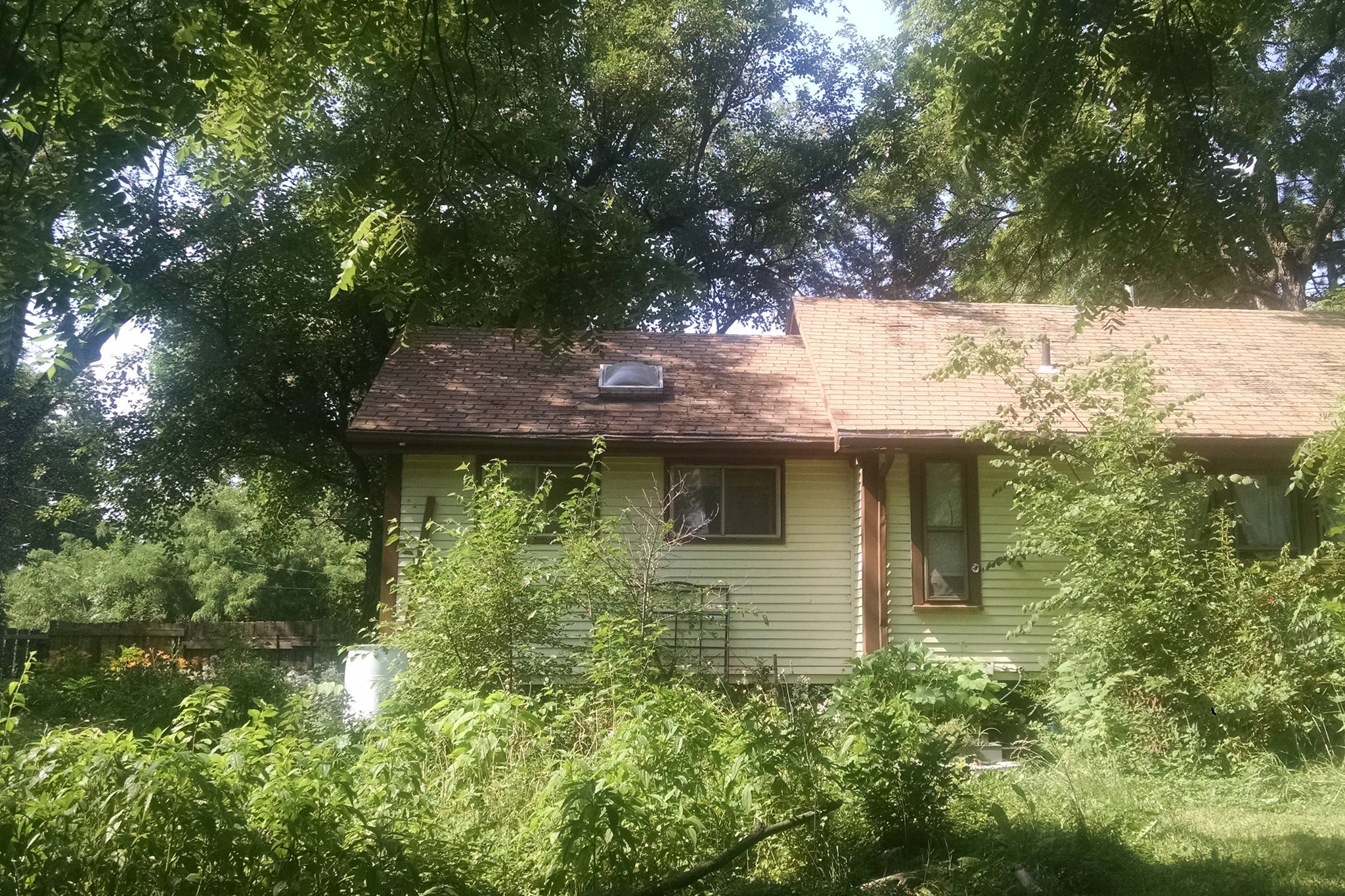I have a house in Nebraska. My sister and I, who lived in it together on and off for several years, like to call it the “spinster cottage.”
It’s my in-between place.
It’s the place I went when New York and I were on a break. It’s where I found balance in between the seesaw swings of tropical adventures. It was where I hovered, unsure of my path, when the tropical adventure lost its sheen.
I bought it in 2012 during my first sabbatical from the Pacific. I didn’t really know if I wanted to buy a house — in Nebraska no less — but the housing market had cratered, I was living at my parents’ house in the country, and biding my time with a job driving thousands of miles a week to what seemed like every rail yard east of the Mississippi.
I started house hunting in a semirundown neighborhood a few blocks from the downtown, or as much of a downtown as Lincoln has, near my brother’s house — a haunted, nearly condemned Victorian bought for cash a decade after someone was murdered on its steps.
Everything in the neighborhood creaked, had character or was lopsided.
I looked at houses on and off, but nothing jumped out.
But the real estate lady kept calling me, and I kept showing up, maybe out of politeness, maybe out of curiosity.
When she called me about my house, I was skeptical. It was blocks away from the area I was searching, and she wanted me to drop by after work — a time I really wanted to spend icee in hand, on the swing at my parents’ with my dogs.
But I went.
And then I found my house.
It was a bungalow, yellow, with a rickety back porch, a scorched decade-old roof and a dilapidated fence ringing the whole property, house included. The grass was overgrown, concrete benches had sunk backward into the ground from gravity and disuse. There was an off-kilter swing, perched on years worth of black walnut shells that had been crushed by the jaws of impudent squirrels.
But there were trees.
Cottonwood and walnut and mulberry and rosebud, they ringed the yard, hanging over the roof, blocking sunlight, winding up through power lines — their canopy leaning into the bright blue sky.
And when I looked up, all I could see was the crisscrossing lines, delicate, random, but connected to each other.
And I recognized them.
I have been drawing those lines my whole life.
Spindly or filled, in ink or pencil, swirling up and around on paper in random patterns, but always, in the end, connected to one another — until the divergent branches make a whole.
I splattered them all over my journals, of which I have had many. They were addendum to my writing — uncared for marginalia used to fill the pauses between my thoughts.
I bring this up because lately, and somewhat inexplicably, I have found myself painting.
On cardboard and journal pages and discarded poster board — using leftover acrylics from a case of art supplies I bought for a color-your-own tarot deck that my mom gave me — I have been spending my late nights churning out those same lines.
And for some reason I can’t stop. All around my house I have crumpled pages of colored lines, winding over each other and upward. And every night I keep painting more.
It seems less and less likely that I will be heading back to my in-between place anytime soon. My house now has a family in it — with kid and dog and garden.
My journals are in a box or a closet somewhere, a few thousand miles away. My sister, hardly a spinster, lives in a downtown apartment with concrete floors and her too-respectable boyfriend.
And when I go outside and I look up, I don’t see my lines.
I just see trees — isolated one from the next. Like the people of Alaska — they are dots that make up a whole, but apart from each other. Not out of spite, but habit.

